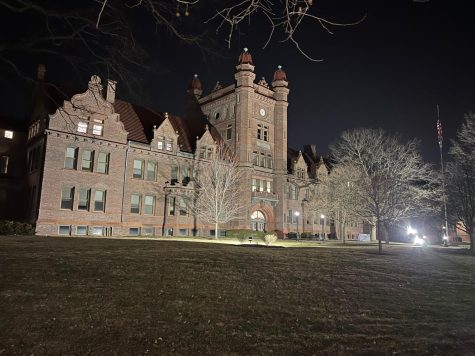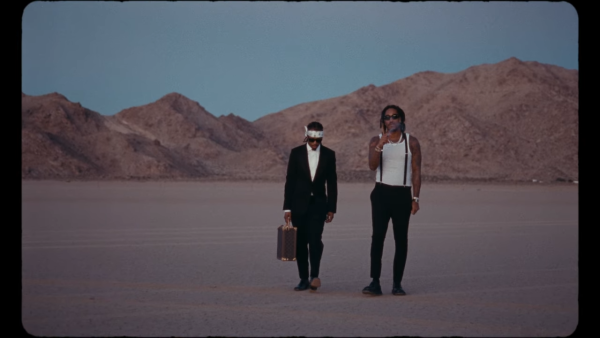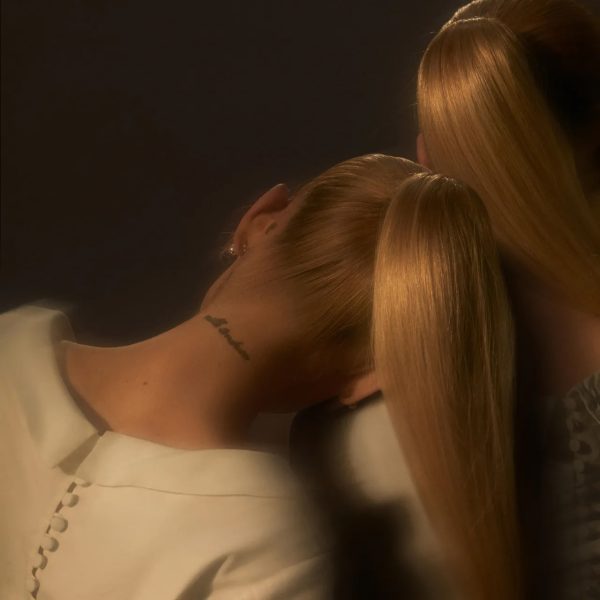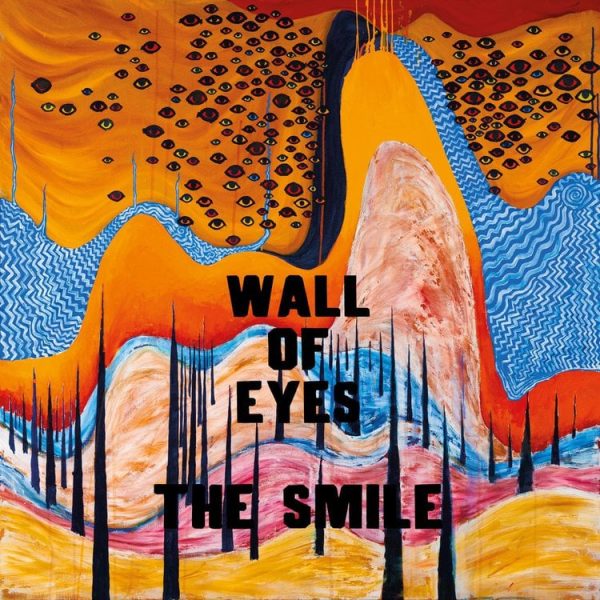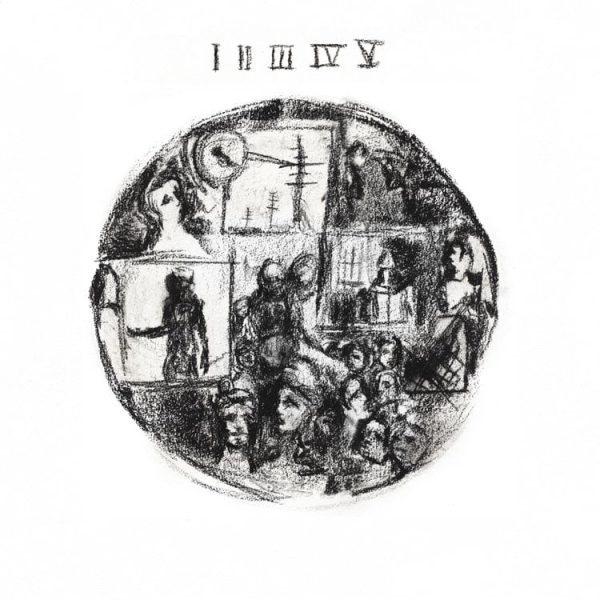Challenger Approaching
Every once in a while, there comes along a great creation, almost mysterious in its grandeur. For Nintendo, one of the greatest of these is the “Super Smash Brothers” series. One must understand that there are five official iterations of the game: Smash for WiiU, 3DS, Melee, Brawl, and 64. Each of these games has their own cult following and can arguably called an E-sport.
One of the reasons the series is so unique is the scaling knockback physics. As you strike your opponent, it sends them farther away from you with each successive hit. This might look weird to some. “Why is the number by the character going up? Shouldn’t their health go down?” Well, it’s not a health bar, but as the number goes up, so does the ease of which your opponent can knock you into the blast zone and take away one of your lives, or “stocks.” Once one eliminates the opponent’s stocks, one is declared victorious.
With the amount of moves in the game with such different properties, there are almost unlimited possibilities for combinations and gameplay scenarios. The competitors in this game try to take their characters and combos as far as they can, and it gets addicting.
These competitive scenes did not come to be overnight for Melee and Smash 64. From 2004-2008, Melee was in its prime, getting onto national circuits like Major League Gaming. In these championships, much like recent international tournaments, winnings could be in the tens of thousands of dollars. When Brawl came out in 2008, Melee was set aside for at least five years before coming out of the shadows again.
In 2013, the fighting game championship organization Evolution held a donation drive for the last spot on the stage. The Melee community, as a whole, raised about 94,000 dollars for breast cancer research in an amazing race to be the last gamer on the roster. The amount of serious competitors for not only Melee, but every other smash game as well has been on the rise since then.
“Super Smash Brothers Melee” is 14 years old, yet the community is taking on large numbers of newcomers to tournaments. The excitement is ramping up, the prizes are getting larger. Record amounts of people are attending these events, bringing with them their heavy, old television sets, a console from the year 2000, and of course one’s gamepad. The community centered on this game is fiercely loyal, and has shown that it will do what is necessary to keep the game going.
The “Super Smash Brothers” series is truly a set of masterpieces, created by the steady hand of Masahiro Sakurai from Nintendo. It is incredibly unique in a sea of other fighting titles, and each iteration of the game has boosted sales of their respective consoles. Smash games have some of the highest replay value, and diehard fans from both casual and competitive camps can enjoy any of the games in the series.
Be on the lookout in the coming months for events and tournaments for all iterations of the game organized by the Millikin Smash Club. Will you be the next challenger?


